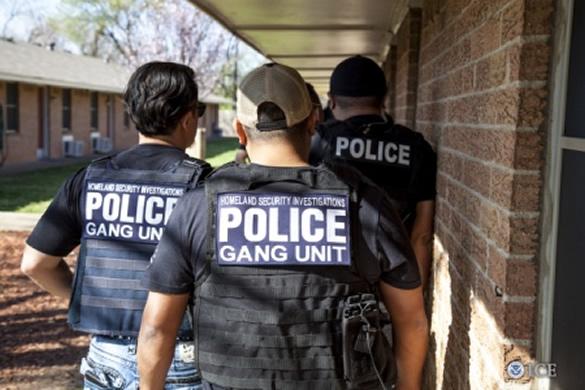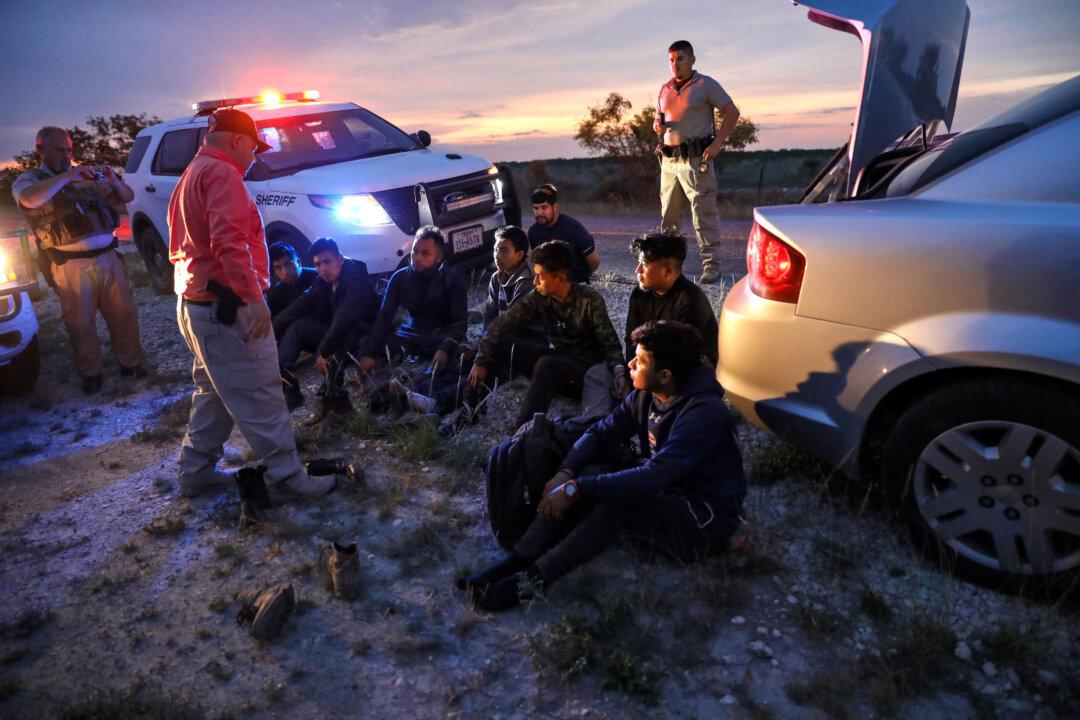Sheriff Chuck Jenkins ended up with two suspected cartel hitmen in his Frederick County, Maryland, jail last week. Maryland State Police made the arrests after discovering drugs and guns in their vehicle.
Jenkins said the only way that jail officers were able to determine the two men were in the United States illegally and were alleged hitmen was through his county’s cooperation with Immigration and Customs Enforcement (ICE).





